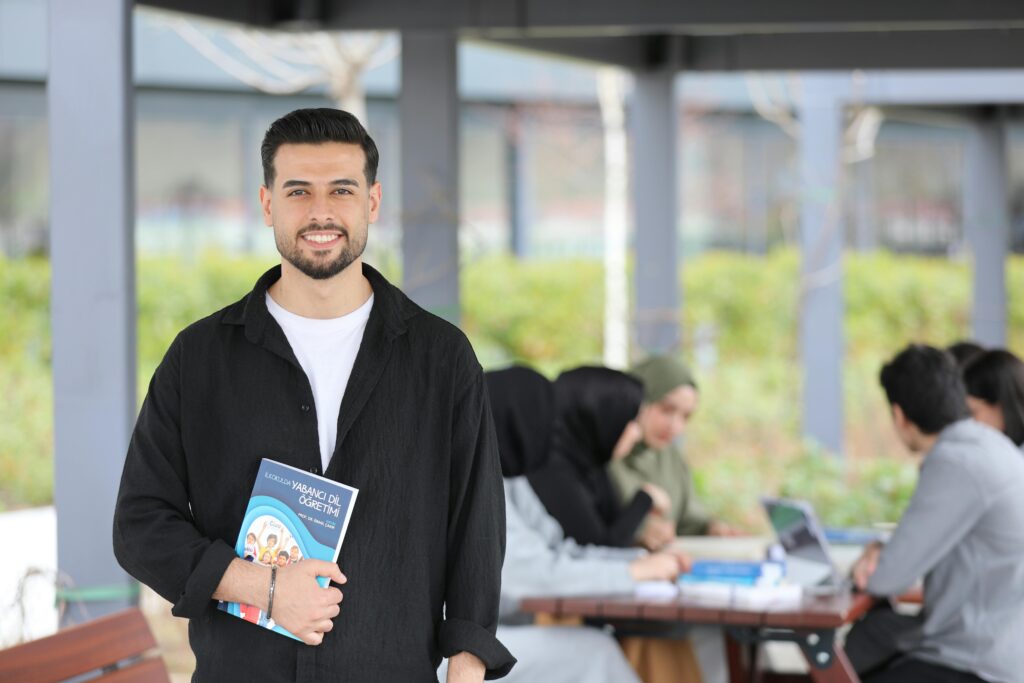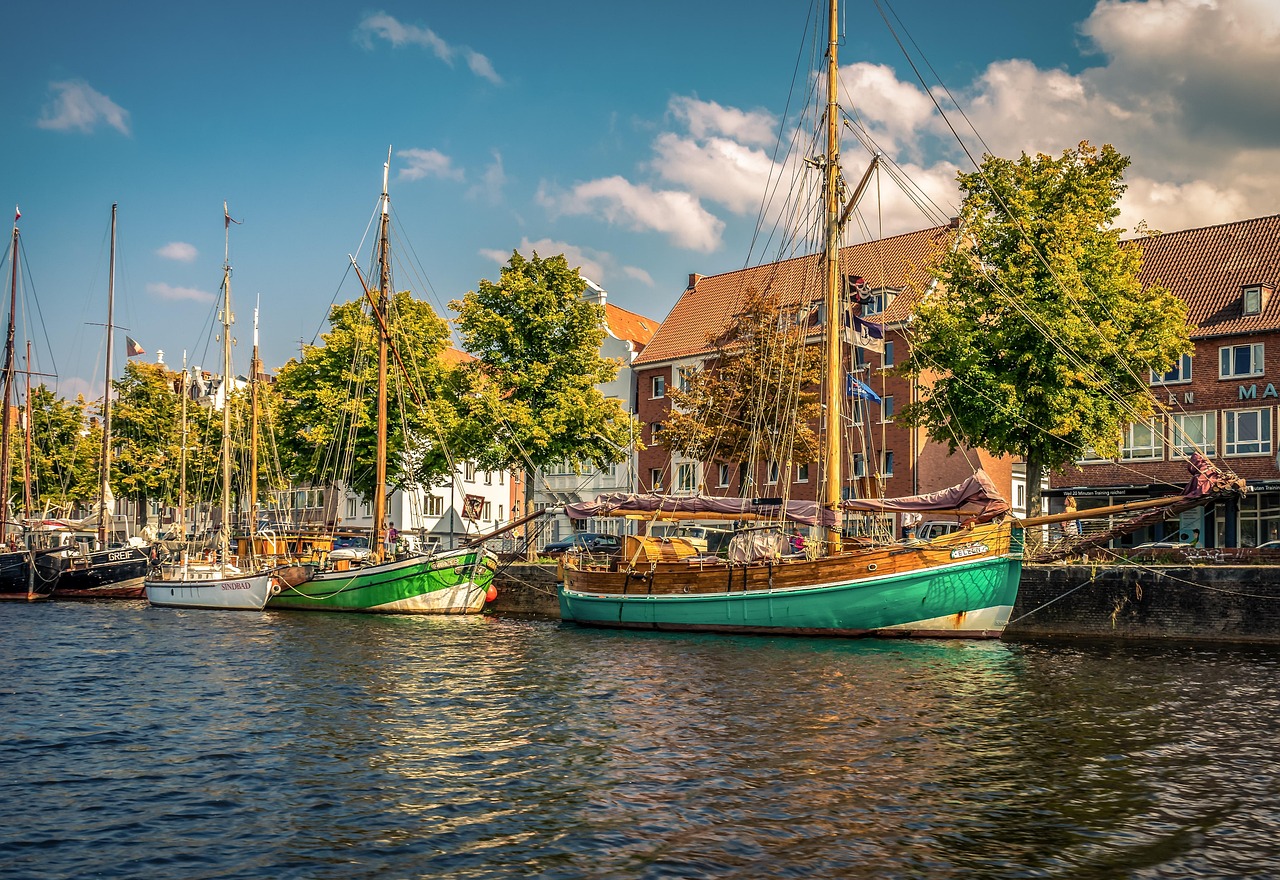Anchorage has earned a reputation for housing some of the nation’s most robust language immersion programs for a city of its size. Celebrated for fostering bilingual proficiency, cultural awareness, and academic excellence, these programs have long been a point of pride for the community. However, recent concerns from educators, policymakers, and community leaders indicate that these innovative initiatives are facing unprecedented challenges that threaten their future.

A Legacy of Linguistic Innovation
Anchorage’s language immersion programs were established with a clear vision: to provide students with the opportunity to learn a second language by teaching core subjects—like math, science, and social studies—in that language. This immersive approach not only enhances language skills but also deepens cultural understanding and global awareness. Schools across the Anchorage School District have successfully integrated languages such as Spanish, Mandarin, and even Alaska Native languages into their curriculum, setting a national benchmark for language education.
Key Achievements:
- Academic Success: Students in immersion programs often outperform peers in standard tests, thanks to the cognitive benefits of bilingualism.
- Cultural Enrichment: The programs have helped foster a community that values cultural diversity and global perspectives.
- Community Engagement: Local families and community organizations actively support these initiatives, recognizing their role in preserving cultural heritage and preparing students for a globalized future.
Emerging Risks and Challenges
Despite their success, several factors are now putting these programs at risk:
- Budget Constraints and Funding Cuts:
With shifting state priorities and tighter education budgets, many schools face reduced funding. This financial pressure can lead to cutbacks in specialized programs like language immersion, which often require additional resources for hiring qualified teachers and developing tailored curricula. - Teacher Shortages:
Finding educators who are both fluent in a second language and trained in immersion teaching methodologies is a growing challenge. As experienced teachers retire or move to other districts, there is an increasing reliance on a limited pool of qualified instructors. - Policy and Administrative Shifts:
Changes in local and state education policies may deprioritize language programs in favor of STEM and other subjects deemed more critical for economic competitiveness. This shift can result in reduced emphasis on language arts and cultural studies, risking the dilution of immersion programs. - Demographic and Enrollment Fluctuations:
As student populations evolve, schools may face lower enrollment in language immersion tracks. Without sufficient demand, school boards might reconsider the sustainability of these programs. - External Pressures:
National debates on the value of bilingual education and discussions around cultural assimilation sometimes create political and social pressures that can indirectly impact program funding and public support.
Broader Implications for the Community
The potential loss or weakening of Anchorage’s language immersion programs could have far-reaching consequences:
- Impact on Academic Performance:
Bilingual education has been linked to improved cognitive abilities, critical thinking, and problem-solving skills. Curtailing these programs could reduce students’ competitive edge in an increasingly globalized workforce. - Cultural Erosion:
Language is a cornerstone of cultural identity. Immersion programs not only teach a new language but also promote cultural traditions and values. Their decline could mean less exposure to diverse perspectives and a diminished understanding of local heritage. - Economic Consequences:
A robust bilingual workforce is a significant asset in today’s global economy. The loss of these programs might limit future economic opportunities for students, affecting the broader community’s economic resilience.

Strategies for Preservation and Growth
Recognizing the challenges, educators, policymakers, and community advocates are exploring ways to safeguard these valuable programs:
- Securing Funding:
Proposals for federal and state grants aimed at bilingual education can provide the necessary financial support to maintain and expand immersion programs. - Teacher Recruitment and Training:
Establishing partnerships with local universities and language institutes can help build a pipeline of qualified educators. Offering competitive salaries and professional development opportunities is crucial for retaining talent. - Community and Parental Involvement:
Increased advocacy from parents and community leaders can influence school boards to prioritize language programs. Community fundraising and local sponsorships also play a key role in sustaining these initiatives. - Policy Advocacy:
Lobbying for policies that recognize and support the long-term benefits of bilingual education is essential. Clear evidence of academic and social benefits can help persuade policymakers to allocate resources toward these programs. - Innovative Curriculum Development:
Embracing technology and digital learning platforms can supplement traditional classroom instruction, making language learning more accessible and engaging for students.
Looking Ahead: The Future of Language Immersion in Anchorage
The fate of Anchorage’s language immersion programs is not yet sealed. With proactive measures, strong community support, and innovative policy solutions, there is a path forward to not only preserve but also enhance these programs. As the city navigates financial and administrative challenges, its commitment to bilingual education remains a testament to the power of language as a bridge to global understanding and cultural preservation.
Frequently Asked Questions
Q: What makes Anchorage’s language immersion programs unique?
A: These programs teach core subjects in a second language, fostering both academic excellence and cultural awareness. They are celebrated for their innovative approach and strong community support.
Q: What are the primary risks facing these programs?
A: The main challenges include budget constraints, teacher shortages, policy shifts favoring other subjects, demographic changes, and external pressures regarding the value of bilingual education.
Q: How do these programs benefit students academically?
A: Bilingual education enhances cognitive abilities, critical thinking, and problem-solving skills. Immersion students often outperform their peers in standardized tests and are better prepared for a global workforce.
Q: What languages are offered in these programs?
A: While Spanish and Mandarin are common, some schools also incorporate Alaska Native languages to preserve local heritage and promote cultural diversity.
Q: How can the community help preserve these programs?
A: Community advocacy, parental involvement, and local fundraising efforts can influence policymakers and secure the necessary funding. Partnerships with universities for teacher training also play a crucial role.
Q: What steps are being taken to address teacher shortages?
A: Initiatives include partnering with higher education institutions to create a pipeline of qualified teachers, offering competitive salaries, and providing ongoing professional development to retain current educators.
Q: Why is it important to maintain language immersion programs?
A: Beyond language skills, these programs foster cultural diversity, enhance academic performance, and prepare students for success in a globalized economy. They are also key to preserving cultural identity and community heritage.

Anchorage stands as a national model for innovative language education. By addressing current challenges with strategic investments, policy advocacy, and community engagement, the city can ensure that its language immersion programs continue to empower future generations and enrich the cultural tapestry of the region.
Sources Anchorage Daily News


